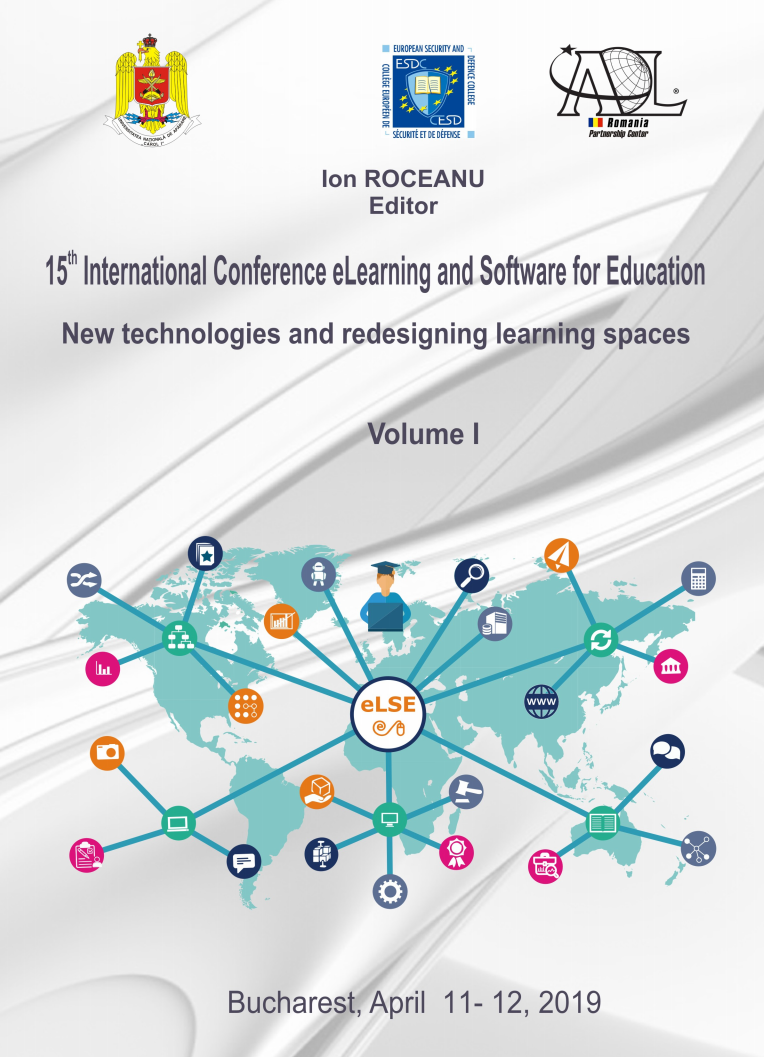Improving Training Methods for Industry Workers though AI Assisted Multi-Stage Virtual Reality Simulations
Improving Training Methods for Industry Workers though AI Assisted Multi-Stage Virtual Reality Simulations
Author(s): Alexandru Butean, Marco Leon OLESCU, Nicolae Adrian TOCU, Adrian FloreaSubject(s): Social Sciences, Education, Higher Education
Published by: Carol I National Defence University Publishing House
Keywords: Industry 4.0; Virtual Reality; Training; Artificial Intelligence;
Summary/Abstract: For industry workers in the manufacturing space, the most time-consuming and less-productive process is represented by the multitude of training stages. For each new process / module / change in the manufacturing flow, there is a need for another customized training stage. For demanding industries (automotive, toys factories, household appliances, etc.) where customization is the key to sell more products, the time spent for preparing, designing and training people for new scenarios represents an important parameter that influences the production cycle efficiency. The current paper presents a solution to improve the measured performance on a new custom given task added to an existing scenario, using a multi-stage virtual reality (VR) simulator. The simulator acts as a digital twin for a physical testbed that offers 20+ parts to build the end product. To prove the performance of the solution, the first experiment uses a realistic multi-layered toy car as the end product. Both activities (real and virtual) are favoring the exploration of the building process, allowing the user (trainee) to discover multiple solutions that should lead to the same final result. The course of actions is supervised by an adaptive AI algorithm that compares the progress made by previous attempts (successful or not) with the ongoing attempt of a user and offers real-time guidance. Aside from using a gamified lego-like experience, the described approach contributes to the training process by offering personalized contextual suggestions, advices and tips. The article contains a serious state of the art study, current version specifications and objectives, details regarding the architecture of the solution, development components, results, comparative experimental tests and conclusions.
Journal: Conference proceedings of »eLearning and Software for Education« (eLSE)
- Issue Year: 15/2019
- Issue No: 01
- Page Range: 61-67
- Page Count: 7
- Language: English

